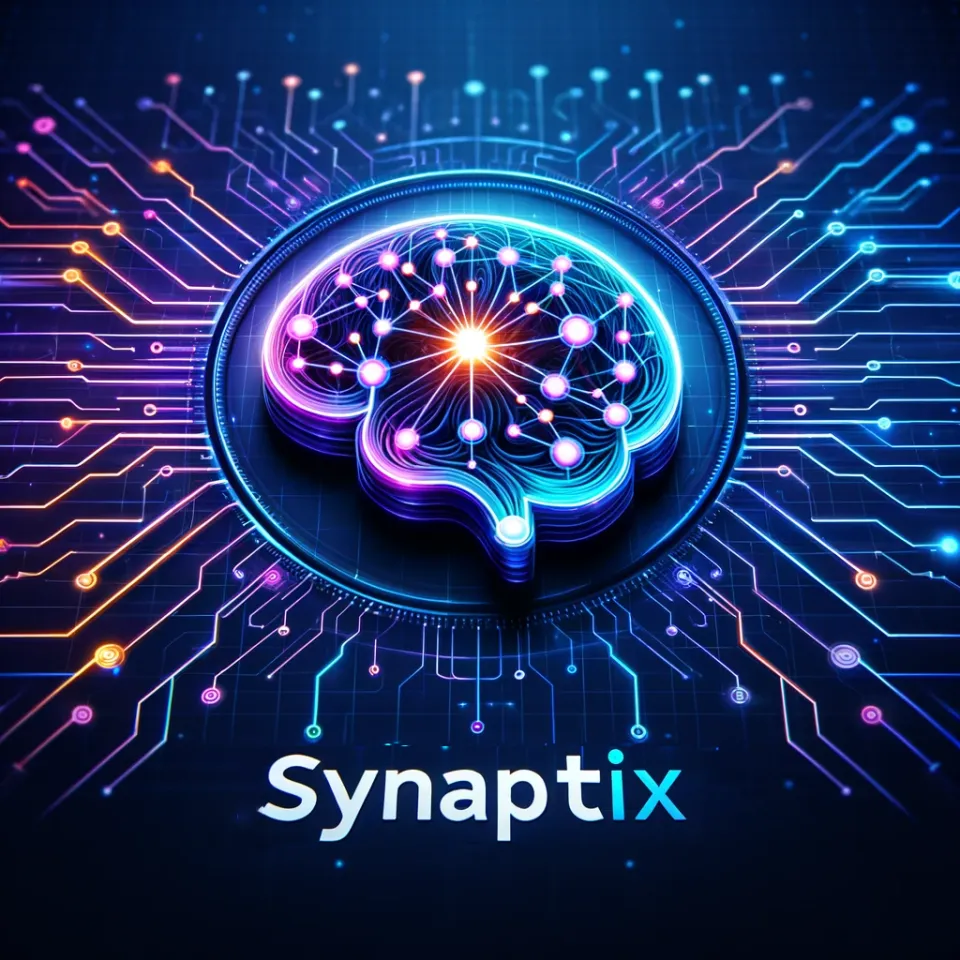Android Embraces RISC-V: A New Era Dawns for the Operating System

Introduction:
The rise of RISC-V, an emerging CPU architecture, has caught the attention of major players in the tech industry. With Google leading the way, Android is steadily stepping into the RISC-V era. This article explores the significant developments and tools that are being implemented to bring RISC-V support to Android, providing developers with a comprehensive overview of this transition.
1. Google’s Commitment: Leveling the Playing Field
– Google positions RISC-V alongside Arm with “tier-1” support.
– Qualcomm’s announcement of the first mass-market RISC-V Android chip for smartwatches.
2. Laying the Foundation: Google’s Developer Tools Timeline
– The essential role of developers in making the Android OS and app ecosystem compatible with RISC-V.
– Google’s blog post titled “Android and RISC-V: What you need to know to be ready.”
3. RISC-V-Enabled Emulators: A Crucial Step
– Introducing “Cuttlefish” as a hardware emulator for Android OS development.
– Google’s progress with Cuttlefish and the availability of a downloadable RISC-V device emulator.
– The importance of optimizing the hardware emulator for efficient RISC-V Android builds.
4. Android Emulator for RISC-V: Aiming for a Full Feature Set by 2024
– Google’s plan to provide publicly available emulators with a complete feature set by 2024.
– The advantages of Android’s flexibility in accommodating RISC-V architecture.
– The compatibility of most app code with RISC-V through the Android RunTime.
5. Porting Challenges and Testing Advantages
– The role of the NDK (native developer kit) in porting libraries and games to RISC-V.
– The continued relevance of the Android Emulator for testing and quality assurance.
Conclusion:
Android’s entry into the RISC-V era marks a significant development in the tech industry. Google’s commitment and developer tools timeline provide insight into the extensive work and progress being made to ensure seamless compatibility between Android and RISC-V. With the support of emulators and optimized workflows, the transition is expected to open up vast opportunities for app developers and further enhance Android’s reach.




